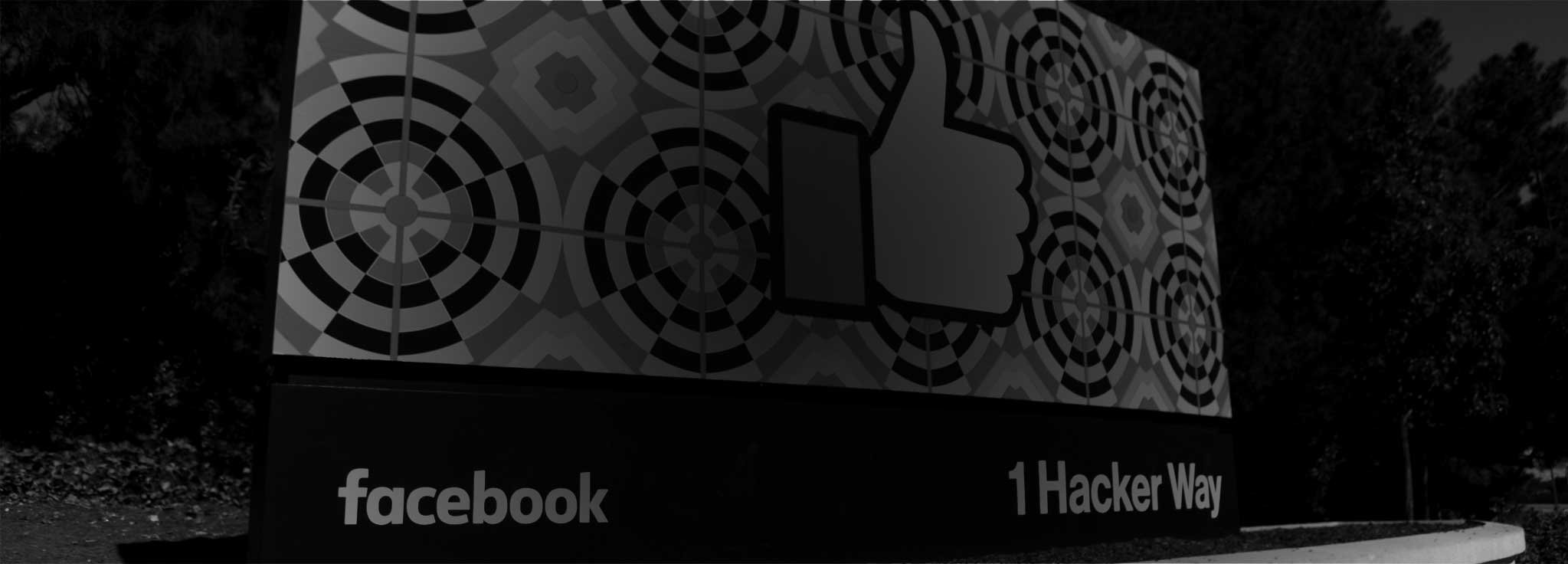ChatOps is a hot topic. And when I say hot, I am speaking mostly about the conversations people have about what chat tool people should use to receive notifications. Among the top of the list is Slack, HipChat (Stride, coming soon), Flowdock, Teams, IRC (ok, maybe not IRC)? Each is good. You can run "chat operations" on them. But let's take a step back.
What is chatops?
ChatOps is essentially the centralization of automated notifications of existing work activity into a chat room (or chat rooms). In this context, we are primarily talking about the status of tasks happening during the release engineer process, though it's not exclusive to this kind of work. When we are testing and/or pushing code to production, we want to be notified immediately if something goes wrong. And what could be more immediate than chat?
Who doesn’t remember late nights talking to friends on AIM?
Now chat has moved from a social experience among friends to a critical and immediate work process. This is why, of course, each of the tools listed above are used to receive critical messages from some system so that teams are notified and can then spring into action to solve the problem.
ChatOps solves a lot of problems and is very effective.
But there is a downside to using chat tools for ChatOps.
For starters, chat streams are free flowing, and it is very possible, almost inevitable, that in a flurry of activity in a chat room, original messages and context gets lost. For people coming into a stream late, there is a lot of, "Wait, what? Why are we rolling this back. Stop." The person missed the original alert and early conversations. And who has time to scroll up and up and up, read from the beginning to get context, and be overwhelmed by the speed and and volume of chatter. And who has time to stop what they are doing and bring that person up-to-speed?
ChatOps does not have to be done in chat.
I am not saying chat will be going away anytime soon. It won't. It shouldn't. But the way we do ChatOps - consolidating incoming information into a comprehensive byte size bit of information - can be done outside of a chat screen.
ChatOps in Workplace by Facebook Groups
Consider the following [Bill Nye reference]: You can do ChatOps in Workplace by Facebook. I know, I know. I have heard your arguments.
- “It’s chat is too simple. There's no clean way to include a large group of people in chats "
- “There’s no way we can integrate all of our systems into that!”
- Or my favorite, “Slack is mission critical, there’s no way can move off of Slack!”
Forget the chat.
What about groups?
Think about it.
Groups are persistent. Posts in groups should end up trending on feeds. You can pin posts for really important issues or procedures. Posts allow you to have a central node (a threaded, in context discussion) for ongoing issues within an entire team or group - whether you have one outage or several at once.
Maybe we should call it GroupOps.
I argue there are four reasons why using Groups in Workplace by Facebook to run ChatOps can make your teams more effective and solve issues more quickly.
Workplace really is mobile-first
Before we even get into the Groups argument, Workplace is well-known for it’s mobile prowess already. In fact, you never feel like it's a difference experience using Workplace on your computer or on your phone. This makes being on-call way easier. With everyone on the team in Workplace, there is no need to set up texts or calls. You can simply follow notifications in Workplace wherever you are.
When there is a need for everyone to communicate in real time, your team can jump on to BlueJeans and livestream that meeting in the same Workplace Group. This allows team members to jump into calls to help out all on mobile phones. Wherever you are, you can jump into a conversation and comment on a post about the latest outage.
Alerts are threaded and always in context
One of the best reasons to run ChatOps in Workplace Groups is that each alert becomes a post and therefore a threaded discussion around that alert. No more getting lost in the stream. Important alerts, those getting a lot of activity are prioritized in the group making them easy to find, especially for those who need to help out but are on the outside edges of the discussion. Conversations occur in the comments of the original post. This keeps the team in context.
Search is not exactly a strength of chat tools
Chat tools are optimized for in-the-moment discussions. Searching within particular groups to find old content or previous issues is far more accessible in Workplace. Tagging posts or comments with hashtags makes searching super easy, and provides the key ability to identify past issues that may be similar or related.
Combining the Workplace Graph API with a database can open paths in depth analysis, either by using your own analysis, or using commercial offerings, such as Looker, to enable quick in-depth views into past issues.
When all the information is collected into posts, it becomes trivial to do retrospectives and post-mortems. Simply spin up a new document or integrate with OneDrive to link and embed document previews directly into posts and comments.
You could even automate creating post-mortem docs. Just take the information from the post and create a document pre-outlined with all the key information needed to really understand the root of a problem and prepare or prevent it’s next occurrence. Or if you want to store the information in a place that’s more structured, throw the information into a Confluence page automatically.
ChatOps with ChatBots
I’ve hinted at this a couple times in the other sections, but there is a whole world of automation available with Workplace’s Graph API. Whether it is creating posts for a triggered problem automatically, commenting on the original post with any updates, or even "listening" for user comments to initiate fixes or send out alerts to other teammates, Workplace can erase tedious manual tasks from the map. Yes, that is something a bot can do. Listen for certain keywords, and then alert certain people on the team to bring them into the conversation.
I call it ChatOps with ChatBots.
The point is a little automation can go a long way in speed up the resolution process by listening and bringing the right people into the conversation.
Chat is not going away anytime soon. But Workplace offers key features that can help streamline your team’s efficiency, alert teams to urgent problems immediately, and collaborate in one place.
[ Recorded Webinar ] State of Workplace Bots in 2017
If you want to learn more about the stage of Workplace Bots, you can watch a recorded version of a webinar we ran recently to share the results of the Annual Workplace Bot Survey. ServiceRocket teamed up with Converse.ai to answer questions about who is using Workplace bots, how are they being used, and how organizations are thinking about bots considering they are so early in development. Just click the button below to get the recording.



